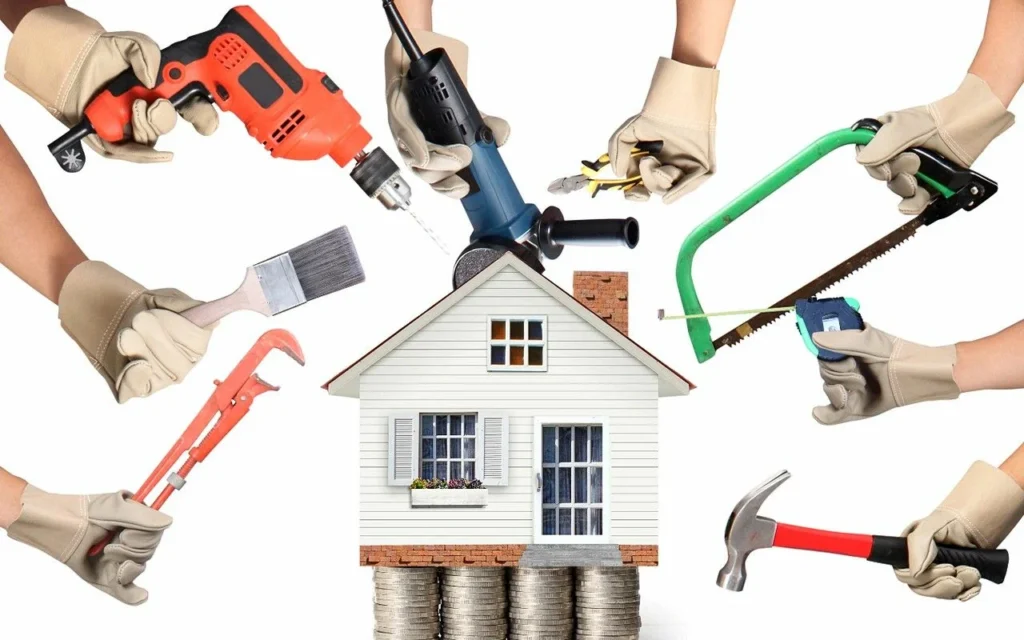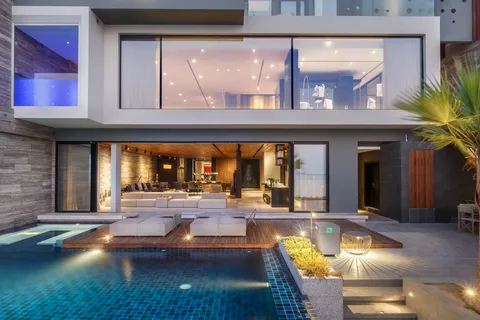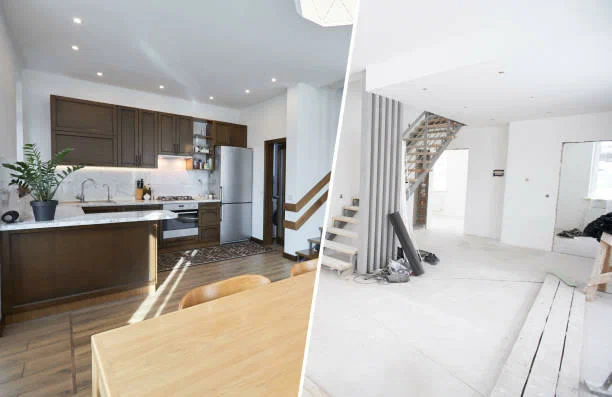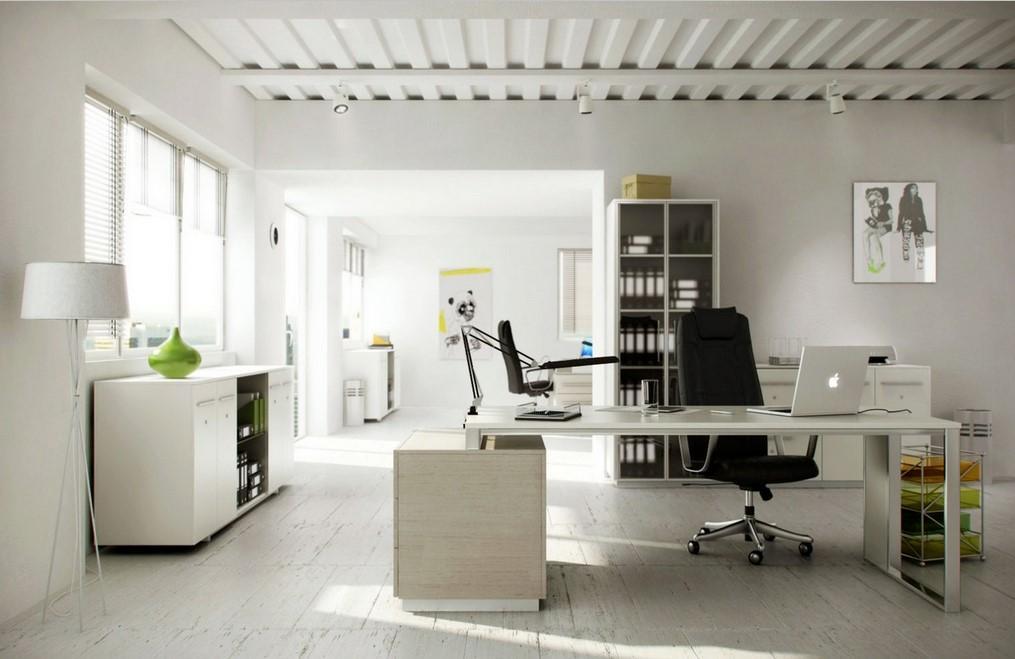
Renovation projects are an exciting opportunity to transform spaces, enhance functionality, and increase property value. However, they often come with significant costs, and understanding where the bulk of your budget will go is crucial for effective planning. Whether you’re a homeowner, property developer, or extensions renovations professional, knowing the most expensive aspects of renovation can help you allocate resources wisely and achieve the best results.
In this blog post, we’ll explore the key areas that typically drive up renovation costs, from kitchens and bathrooms to structural changes and custom designs. Let’s explain.
1. Kitchen Renovation: The Heart of the Home
The kitchen is often considered the most expensive part of any renovation and for good reason. As the heart of the home, it requires a blend of functionality, durability, and aesthetic appeal. Key cost drivers include:
- High-Quality Materials: Countertops (e.g., granite, quartz), cabinetry, and flooring can significantly impact the budget.
- Appliances: Modern, energy efficient appliances are a major investment but essential for a functional kitchen.
- Labor Costs: Plumbing, electrical work, and custom installations require skilled professionals, adding to the overall expense.
For professionals, investing in a well designed kitchen can yield high returns, especially in properties aimed at resale or rental.
2. Bathroom Renovation: The Cost of Plumbing and Fixtures
Bathrooms are another high area due to the complexity of the work involved. Key expenses include:
- Plumbing: Relocating pipes or upgrading systems can be labor-intensive and costly.
- Fixtures: High-end faucets, showers, and bathtubs can quickly add up.
- Waterproofing and Tiling: Ensuring durability and preventing water damage requires quality materials and skilled labor.
For professionals, a luxurious bathroom renovation can significantly enhance the appeal and value of a property.

3. Home or Apartment Renovation: Structural Changes and Materials
Structural changes are often the most expensive part of a full home or apartment renovation. These include:
- Load-Bearing Walls: Removing or altering walls requires engineering expertise and permits.
- Foundation Work: Addressing structural issues or adding extensions can be costly.
- High-Quality Materials: Flooring, roofing, and insulation materials for large spaces can strain the budget.
For professionals, structural renovations are a long-term investment that can improve functionality and property value.
4. Bedroom Renovation: Custom Furniture and Layout
While bedrooms are generally less expensive to renovate than kitchens or bathrooms, custom designs can drive up costs. Key expenses include:
- Built-In Furniture: Custom wardrobes, shelving, and storage solutions require skilled craftsmanship.
- Layout Changes: Moving walls or reconfiguring space can involve structural work.
- High-End Finishes: Premium flooring, lighting, and decor can elevate costs.
For professionals, creating a serene and functional bedroom space can enhance the overall appeal of a property.
5. Office Renovation: Professional Design and Technology
Office renovations are increasingly important in today’s hybrid work environment. Key cost drivers include:
- Ergonomic Design: Custom desks, chairs, and layouts tailored to productivity.
- Technology Integration: Smart systems, soundproofing, and high-speed internet infrastructure.
- Aesthetic Appeal: Professional finishes that reflect the company’s brand and culture.
For professionals, a well-designed office can boost employee satisfaction and productivity.
6. Flat Renovation: Combination of Multiple Renovations
Flat renovations often involve a combination of the above elements, making them one of the most complex and costly projects. Key considerations include:
- Space Optimization: Maximizing limited space with smart design solutions.
- Multiple Rooms: Balancing costs across kitchens, bathrooms, bedrooms, and living areas.
- Regulations and Permits: Compliance with building codes and HOA rules can add to the expense.
For professionals, flat renovations require careful planning to ensure a cohesive and functional design.
Conclusion: Planning for Success
Understanding the most expensive parts of renovation allows professionals to prioritize their budgets and make informed decisions. Whether you’re tackling a kitchen, bathroom, or full home renovation, investing in quality materials, skilled labor, and thoughtful design will pay off in the long run.

- Al Quoz Industrial Area 2 - Dubai
- +971527445326
Renovation projects are an exciting opportunity to transform spaces, enhance functionality, and increase property value. However, they often come with significant costs, and understanding where the bulk of your budget will go is crucial for effective planning. Whether you’re a homeowner, property developer, or extensions renovations professional, knowing the most expensive aspects of renovation can help you allocate resources wisely and achieve the best results.
In this blog post, we’ll explore the key areas that typically drive up renovation costs, from kitchens and bathrooms to structural changes and custom designs. Let’s explain.
1. Kitchen Renovation: The Heart of the Home
The kitchen is often considered the most expensive part of any renovation and for good reason. As the heart of the home, it requires a blend of functionality, durability, and aesthetic appeal. Key cost drivers include:
- High-Quality Materials: Countertops (e.g., granite, quartz), cabinetry, and flooring can significantly impact the budget.
- Appliances: Modern, energy efficient appliances are a major investment but essential for a functional kitchen.
- Labor Costs: Plumbing, electrical work, and custom installations require skilled professionals, adding to the overall expense.
For professionals, investing in a well designed kitchen can yield high returns, especially in properties aimed at resale or rental.
2. Bathroom Renovation: The Cost of Plumbing and Fixtures
Bathrooms are another high area due to the complexity of the work involved. Key expenses include:
- Plumbing: Relocating pipes or upgrading systems can be labor-intensive and costly.
- Fixtures: High-end faucets, showers, and bathtubs can quickly add up.
- Waterproofing and Tiling: Ensuring durability and preventing water damage requires quality materials and skilled labor.
For professionals, a luxurious bathroom renovation can significantly enhance the appeal and value of a property.

3. Home or Apartment Renovation: Structural Changes and Materials
Structural changes are often the most expensive part of a full home or apartment renovation. These include:
- Load-Bearing Walls: Removing or altering walls requires engineering expertise and permits.
- Foundation Work: Addressing structural issues or adding extensions can be costly.
- High-Quality Materials: Flooring, roofing, and insulation materials for large spaces can strain the budget.
For professionals, structural renovations are a long-term investment that can improve functionality and property value.
4. Bedroom Renovation: Custom Furniture and Layout
While bedrooms are generally less expensive to renovate than kitchens or bathrooms, custom designs can drive up costs. Key expenses include:
- Built-In Furniture: Custom wardrobes, shelving, and storage solutions require skilled craftsmanship.
- Layout Changes: Moving walls or reconfiguring space can involve structural work.
- High-End Finishes: Premium flooring, lighting, and decor can elevate costs.
For professionals, creating a serene and functional bedroom space can enhance the overall appeal of a property.
5. Office Renovation: Professional Design and Technology
Office renovations are increasingly important in today’s hybrid work environment. Key cost drivers include:
- Ergonomic Design: Custom desks, chairs, and layouts tailored to productivity.
- Technology Integration: Smart systems, soundproofing, and high-speed internet infrastructure.
- Aesthetic Appeal: Professional finishes that reflect the company’s brand and culture.
For professionals, a well-designed office can boost employee satisfaction and productivity.
6. Flat Renovation: Combination of Multiple Renovations
Flat renovations often involve a combination of the above elements, making them one of the most complex and costly projects. Key considerations include:
- Space Optimization: Maximizing limited space with smart design solutions.
- Multiple Rooms: Balancing costs across kitchens, bathrooms, bedrooms, and living areas.
- Regulations and Permits: Compliance with building codes and HOA rules can add to the expense.
For professionals, flat renovations require careful planning to ensure a cohesive and functional design.
Conclusion: Planning for Success
Understanding the most expensive parts of renovation allows professionals to prioritize their budgets and make informed decisions. Whether you’re tackling a kitchen, bathroom, or full home renovation, investing in quality materials, skilled labor, and thoughtful design will pay off in the long run.
Get Social
Recent Post
-
 Transform Your Property with Amersons Renovation: Dubai's Experts in Pool, Office, and Home Upgrades
Transform Your Property with Amersons Renovation: Dubai's Experts in Pool, Office, and Home Upgrades -
 Transform Your Space: Trusted Office & Pool Renovation Services in Dubai
Transform Your Space: Trusted Office & Pool Renovation Services in Dubai -
 Amersons Renovation – Trusted Dubai Renovation Company for Homes and Businesses in Dubai
Amersons Renovation – Trusted Dubai Renovation Company for Homes and Businesses in Dubai -
 Best Home Renovation Contractor Company Dubai | Renovation Contractor Company
Best Home Renovation Contractor Company Dubai | Renovation Contractor Company -
 Renovation Services in Dubai by Amersons Renovation
Renovation Services in Dubai by Amersons Renovation

